Hardness profiling of ion irradiated 15-15Ti cladding steel using CSM nano-indentation
Principal Investigator
- Name:
- Niels Cautaerts
- Email:
- [email protected]
- Phone:
- (208) 526-6918
Team Members:
| Name: | Institution: | Expertise: | Status: |
|---|---|---|---|
| Dr. Janne Pakarinen | SCK-CEN | TEM, Ion irradiation, Steels, Nuclear fuel | Other |
| Dr. Remi Delville | SCK-CEN | TEM, steel cladding, fuel | Other |
| Dr. Erich Stergar | SCK-CEN | Structural materials, APT, steels | Other |
| Dr. Peter Hosemann | University of California Berkeley | Small scale testing of irradiated materials, advanced structural materials | Faculty |
Experiment Details:
- Experiment Title:
- Hardness profiling of ion irradiated 15-15Ti cladding steel using CSM nano-indentation)
- Work Description:
- This proposal serves as a follow up to our last proposal titled “Low temperature Fe-ion irradiation of 15-15Ti steel” (17-864), which was granted after a previous call. In the framework of this proposal, samples have been irradiated at the Michigan Ion Beam Laboratory this past April. The current proposal involves performing CSM nano-indentation on these samples to obtain a hardness-depth profile of the irradiated surface. We have samples of 15-15Ti in the cold worked (24%) and aged (24% + 2 hours at 800 °C) condition irradiated with Fe ions at 300 and 450 °C. Hence, we wish to perform nanoindentation on the following samples: 1) cold worked - pristine 2) aged - pristine 3) cold worked – irradiated at 300 °C 4) aged – irradiated at 300 °C 5) cold worked – irradiated at 450 °C 6) aged – irradiated at 450 °C. The first two samples serve to establish a reference. For nanoindentation we propose to use a Berkovich tip as it is most widely used. We will perform indents at room temperature either in air or inert atmosphere. Though higher temperature testing is possible at the facility and testing at temperatures closer to service conditions would be preferable on one hand, we do not wish to risk annealing any radiation damage nor risk forming any oxide on the surface. Specific settings for an indent, such as indentation depth, displacement rate, and superimposed frequency and amplitude will be optimized at the facility after some test indents. We intend to perform between 5-10 indents on each sample.
Project Summary
This work proposes CSM nano-indentation on self-ion irradiated 15-15Ti cladding steel for use in lead or lead bismuth cooled fast reactor applications. CSM nano-indentation allows for measuring hardness and stiffness as a function of depth, and is one of the few suitable ways to measure mechanical properties of small volumes such as the damage layer in heavy ion irradiated materials. Nano-indentation will provide complementary information to microstructural characterization and contribute to the understanding of damage formation in austenitic stainless steels under ion irradiation at low temperatures. The data may also provide a link to macroscopic mechanical properties such as yield stress, which are tabulated in large databases for both pristine and neutron irradiated 15-15Ti steel.
Relevance
Research on radiation damage in fuel cladding and the resultant change in mechanical properties is an essential step in the development of safe Gen IV metal cooled fast reactors. Gen IV fast reactors will be necessary to close the nuclear fuel cycle, paving the way for a sustainable nuclear future. Cladding is a critical component for the safety of the reactor, since it is the first barrier containing the fuel and fission products. This fits in with the DOE/NE's program, particularly in the research objective to develop new reactors to meet energy security and climate change goals
Please wait
About Us
The Nuclear Science User Facilities (NSUF) is the U.S. Department of Energy Office of Nuclear Energy's only designated nuclear energy user facility. Through peer-reviewed proposal processes, the NSUF provides researchers access to neutron, ion, and gamma irradiations, post-irradiation examination and beamline capabilities at Idaho National Laboratory and a diverse mix of university, national laboratory and industry partner institutions.
Privacy and Accessibility · Vulnerability Disclosure Program

